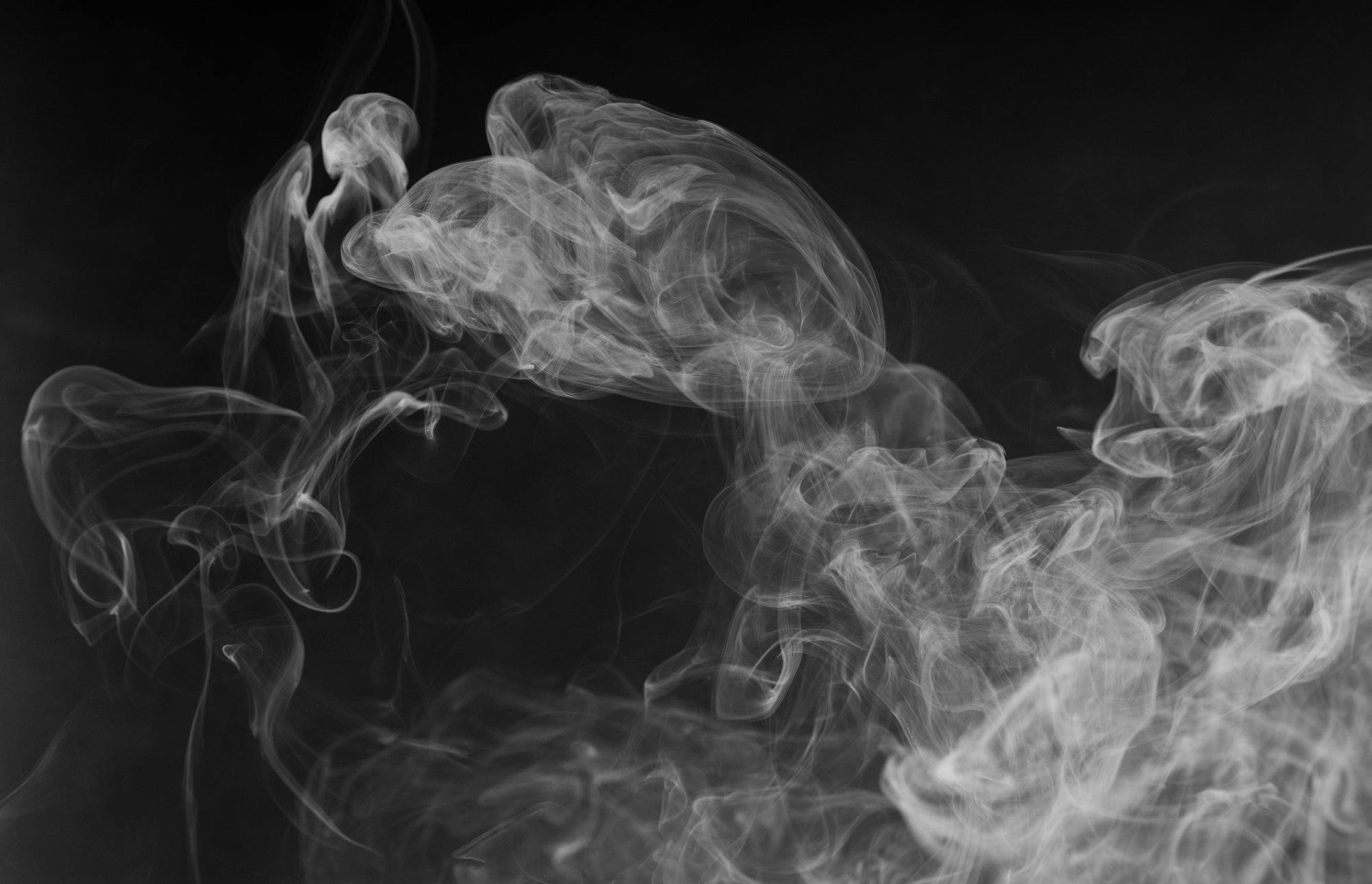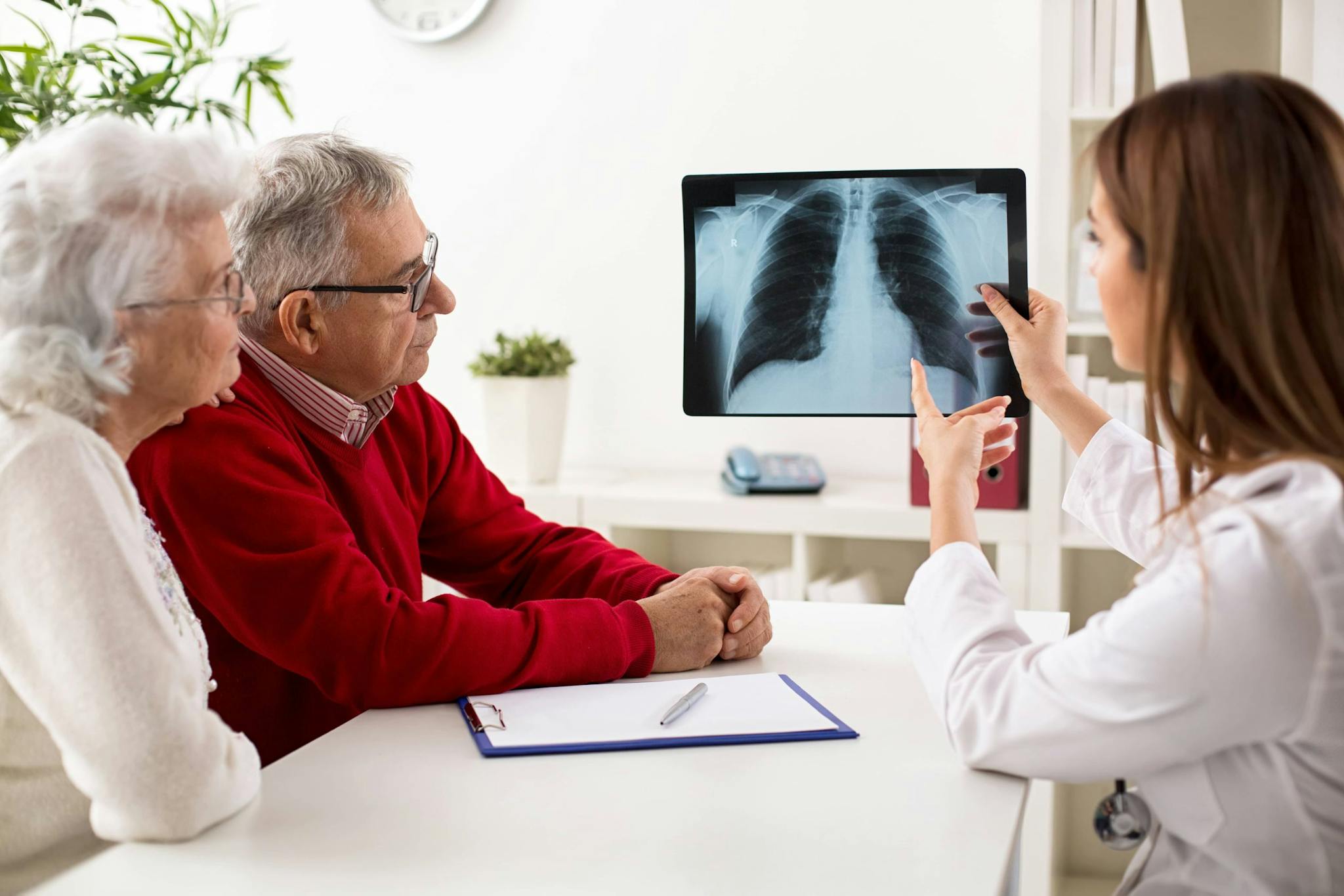
2025-03-10T14:24:39
What is Walking Pneumonia and Why are Cases Rising?
- Family Medicine
- Pulmonology
November 22, 2017 | Pulmonology
Specialties:Pulmonology (Respiratory Care)

Though many don’t realize it, the top cause of fire-related death around the world is actually smoke inhalation, not damage from the heat itself. Smoke inhalation occurs anytime you breathe in products of combustion during a fire—combustion results from burning of various substances. Here are the causes, visible symptoms, and treatments available for smoke inhalation.
Smoke inhalation causes damage through one or more factors:
Signs and symptoms of smoke inhalation can vary widely. Signs like soot in air passages or skin color changes can help determine the severity of the damage. Other signs include:
Anyone who has suffered smoke inhalation has to have their “ABC’s” checked—airway, breathing, and circulation. Call your doctor or go to an emergency room for these. If you experience difficulty breathing, confusion, drawn-out coughing spells or a hoarse voice, call 911.
Several possible tests may be done after smoke inhalation, depending on the severity of symptoms. In some cases, self-care is necessary—remove the person to a location with clean air, and be sure you aren’t putting yourself in danger either.
Medical treatments for smoke inhalation may include:
After leaving the hospital, it’s common to arrange follow-up care. Medications like inhalers or pain medications might be prescribed, and you may be advised to avoid triggers like cigarette smoke during recovery. If the condition worsens or doesn’t improve as expected, return immediately for medical attention.
There are a few strategies to avoid smoke exposure and inhalation:
Your doctor can offer further recommendations on treating or preventing smoke inhalation.
Revere Health Imaging offers the most advanced imaging technology in Utah Valley with convenient locations and reduced-cost exams. We even offer our imaging services at night for your convenience. Contact us today at 801-812-4624 for an appointment!
Sources:
“Smoke Inhalation.” WebMD. https://www.webmd.com/lung/smoke_inhalation_treatment_firstaid.htm#1
“Smoke Inhalation.” eMedicineHealth. https://www.emedicinehealth.com/smoke_inhalation/article_em.htm
WRITTEN BY:
The Live Better Team

2025-03-10T14:24:39

2024-11-06T09:40:56

2024-02-02T13:24:38

2021-11-29T16:31:04
This information is not intended to replace the advice of a medical professional. You should always consult your doctor before making decisions about your health.